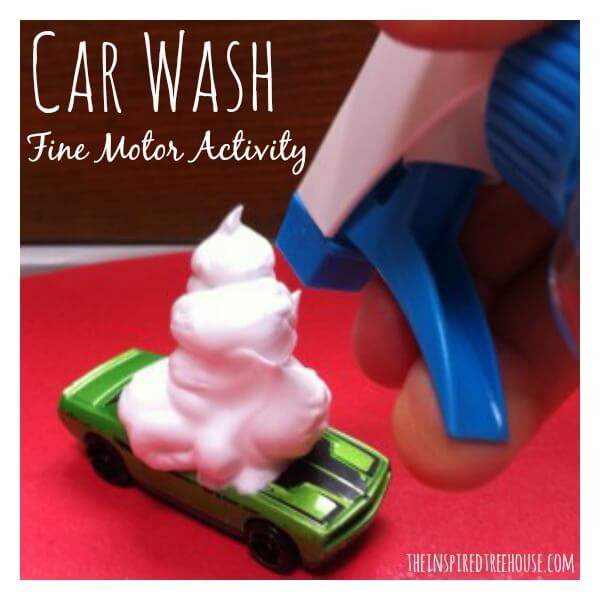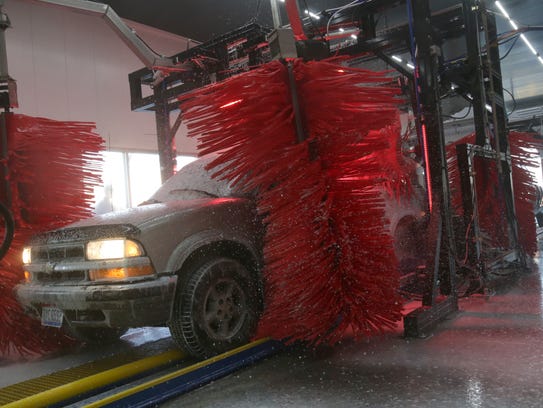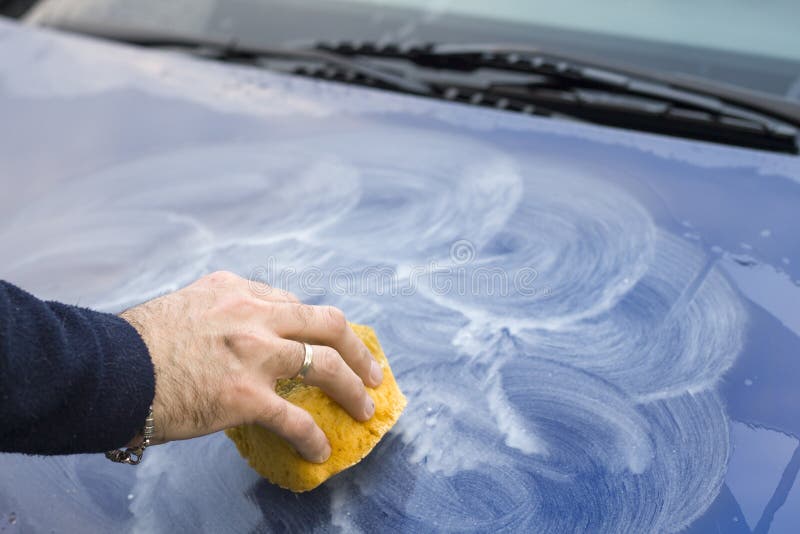
Children are naturally curious and eager to explore the world around them. As parents and educators, we play a crucial role in fostering their development by providing opportunities that stimulate their senses, challenge their minds, and encourage physical growth. One of the most important aspects of early childhood development is the refinement of fine motor skills. These skills involve the small muscles of the hands and fingers and are essential for performing everyday tasks like writing, buttoning clothes, and using utensils.
Developing fine motor skills isn’t just about preparing children for academic success; it’s about empowering them with independence and confidence. As children gain mastery over their hand movements, they become more capable of expressing themselves creatively, solving problems effectively, and navigating their environment with ease. Think about the joy a child experiences when they successfully tie their shoelaces for the first time, or the pride they feel after carefully constructing a tower of blocks. These seemingly small accomplishments contribute significantly to their overall sense of self-worth.
There are countless ways to incorporate fine motor skill development into a child’s daily routine. Simple activities like playing with playdough, building with LEGOs, or drawing with crayons can all help to strengthen hand muscles and improve coordination. The key is to make learning fun and engaging so that children are motivated to participate and practice. Remember, the goal is not perfection, but rather progress.
Parents often ask about activities that offer both educational value and entertainment. The best activities are those that seamlessly blend learning and play, allowing children to develop essential skills without even realizing they are “working.” This makes the journey enjoyable and increases engagement.
One particularly effective and engaging activity that can help children refine their fine motor skills is the act of pretend play involving a car wash. That’s right – **Fine Motor Activities: Car Wash** can be a fantastic way to get those little hands working and those imaginations soaring. Let’s dive into all the benefits and fun of **Fine Motor Activities: Car Wash**!
Setting Up Your Fine Motor Car Wash
Gathering Your Supplies
The first step in creating a successful fine motor car wash is gathering the right supplies. You don’t need to spend a fortune on fancy equipment; you can often use items you already have around the house. Consider a variety of textures and tools to maximize the sensory experience and fine motor challenge.
You’ll need a few toy cars, of course. Varying sizes and shapes will add to the challenge. Then, gather containers for water – a shallow tub or a couple of bowls will work well. Dish soap is a must for creating bubbles and adding a realistic touch.
For scrubbing, consider sponges, washcloths, and even old toothbrushes. These tools offer different levels of resistance and require different grips, further enhancing fine motor development. You can also use small brushes for detail work.
Finally, you’ll need towels for drying the cars. Small hand towels or even paper towels will work fine. Consider providing different textures of towels for sensory input.
Don’t forget a tray or mat to contain the water and keep the mess manageable. This will make cleanup a breeze and allow your child to focus on the task at hand without worrying about spills.
Creating Designated Stations
To make the car wash experience more structured and engaging, consider setting up different stations for each step of the process. This not only promotes organization but also helps children understand the sequence of events.
One station could be dedicated to washing the cars. This station would house the soapy water, sponges, and brushes. Encourage your child to scrub each car thoroughly, paying attention to all the nooks and crannies.
Another station could be dedicated to rinsing. This station would contain clean water for removing the soap. This step helps children learn about cause and effect as they observe the soap disappearing.
The final station would be for drying. Here, your child can use towels to dry each car, paying attention to details like the windows and wheels.
You can even add a “waxing” station using a dry cloth and a pretend wax container. This adds another layer of fun and promotes imaginative play.
Adding Sensory Elements
To make the **Fine Motor Activities: Car Wash** even more engaging, consider adding sensory elements. This can be as simple as adding scented soap to the water or providing different textures of sponges and towels.
Consider adding food coloring to the water to create different colors. This can be a great way to teach children about colors and color mixing.
You could also add small objects to the water, such as pebbles or beads. This will encourage children to use their fine motor skills to pick up the objects and examine them.
Playing music during the car wash can also enhance the sensory experience and create a more fun and engaging atmosphere.
Ultimately, the goal is to create a multi-sensory experience that stimulates your child’s senses and promotes learning through play.
Developing Fine Motor Skills Through Car Wash Play
Pincer Grasp Practice
The pincer grasp, the ability to hold objects between the thumb and forefinger, is a crucial fine motor skill. A car wash activity provides numerous opportunities to practice this grasp.
Picking up small sponges, manipulating brushes, and carefully drying the cars all require precise pincer grasp movements. Encourage your child to use their thumb and forefinger to grip the tools and objects.
You can even incorporate smaller objects, like cotton balls or small cloths, to further challenge their pincer grasp.
This focused practice strengthens the muscles in the hands and fingers, preparing children for tasks like writing and using utensils.
Remember to provide positive reinforcement and encouragement as your child practices their pincer grasp.
Hand-Eye Coordination
Hand-eye coordination, the ability to coordinate hand movements with visual input, is essential for many daily activities. A car wash activity provides ample opportunities to develop this skill.
As children scrub the cars, rinse them, and dry them, they must coordinate their hand movements with what they see. This requires focus and concentration.
Encourage your child to look closely at the areas they are cleaning and to adjust their movements accordingly.
You can also add challenges, such as asking them to clean specific spots on the car or to follow a particular pattern.
These activities help strengthen the connection between the eyes and the hands, improving overall coordination.
Strengthening Hand Muscles
Washing cars, scrubbing and drying all require hand strength. These actions engage and strengthen the small muscles in the hands and fingers.
Squeezing sponges, gripping brushes, and applying pressure while drying all contribute to building hand strength.
You can increase the resistance by using slightly stiffer sponges or cloths.
These activities are particularly beneficial for children who have weak hand muscles or who struggle with tasks like writing or drawing.
Building hand strength is crucial for developing fine motor skills and for overall hand function.
Language and Cognitive Development
Vocabulary Building
A car wash activity is a great opportunity to introduce new vocabulary words related to cleaning, cars, and actions.
Talk about the different parts of the car, such as the wheels, windows, and bumpers. Introduce words like “scrub,” “rinse,” “dry,” and “shine.”
Encourage your child to use these words as they play. Ask them questions like, “What are you scrubbing?” or “How are you going to dry the car?”
You can also introduce descriptive words, such as “clean,” “dirty,” “wet,” and “dry.”
This vocabulary building will not only enhance your child’s language skills but also their understanding of the world around them.
Following Instructions
The car wash activity can be used to practice following instructions. Provide your child with simple instructions, such as “First, wash the car. Then, rinse it. Finally, dry it.”
Gradually increase the complexity of the instructions as your child becomes more proficient. For example, you could say, “Wash the wheels first, then scrub the body of the car.”
Following instructions is an important skill for school and for life in general.
This activity provides a fun and engaging way to practice this skill.
Remember to provide positive reinforcement when your child successfully follows your instructions.
Problem Solving
As children engage in **Fine Motor Activities: Car Wash**, they may encounter problems that require them to think critically and find solutions.
For example, they may find that some spots on the car are difficult to clean, requiring them to use different tools or techniques.
Or they may discover that the water is too dirty, requiring them to change it.
Encourage your child to come up with their own solutions to these problems. Ask them questions like, “What could you try?” or “What else could you use?”
Problem-solving skills are essential for success in all areas of life.
Extending the Play
Adding a “Detailing” Station
Once the cars are clean, consider adding a “detailing” station to extend the play. This could involve using cotton swabs to clean hard-to-reach areas or applying stickers or other decorations to the cars.
This station allows children to further refine their fine motor skills and to express their creativity.
Provide a variety of materials, such as glitter, small beads, and paint, to encourage them to experiment and explore.
You can even add a pretend polishing station with a soft cloth and a pretend polishing compound.
The possibilities are endless!
Creating a Car Wash Business
Turn the car wash activity into a pretend play business. Set up a sign, create price lists, and let your child be the car wash owner.
This encourages them to use their imagination and to develop their social skills.
They can take orders, collect money (using pretend money, of course), and interact with customers (you or other family members).
This activity is a great way to combine fine motor skills with other important skills.
It also provides an opportunity to teach them about business and economics in a fun and engaging way.
Integrating with Other Toys
Integrate the car wash activity with other toys, such as a toy garage or a race track.
This allows children to create more elaborate scenarios and to expand their imaginative play.
For example, they could wash the cars before taking them to the race track or repair them in the toy garage after a race.
This integration encourages creativity and problem-solving skills.
It also provides opportunities for social interaction and collaboration if playing with others.
Safety Considerations
Supervision is Key
As with any activity involving water and small objects, supervision is key. Always supervise your child while they are playing with the car wash.
This will ensure that they are using the materials safely and that they do not put anything in their mouths.
It also allows you to provide guidance and support as needed.
Never leave your child unattended while they are playing with water.
Safety should always be your top priority.
Age-Appropriate Materials
Choose age-appropriate materials for the car wash activity. Avoid using small objects that could be a choking hazard for young children.
Make sure that all materials are non-toxic and safe for children to handle.
If using soap, choose a mild, gentle soap that is designed for children’s skin.
Regularly inspect the materials for wear and tear and replace them as needed.
Prioritize safety when selecting materials for the car wash.
Hygiene Practices
Teach children about proper hygiene practices before and after the car wash activity.
Encourage them to wash their hands thoroughly with soap and water after they are finished playing.
This will help to prevent the spread of germs and keep them healthy.
It’s also a good idea to clean the materials after each use.
Promoting good hygiene habits is an important part of childhood development.
Adapting for Different Ages and Abilities
Simplifying for Younger Children
For younger children, simplify the car wash activity by using larger objects and fewer steps.
Provide them with a large sponge and a single container of soapy water.
Focus on the basic actions of washing and drying.
You can also use simpler language and provide more guidance.
The goal is to make the activity accessible and enjoyable for them.
Challenging Older Children
For older children, challenge them by adding more complex tasks and tools.
Introduce smaller brushes, more detailed cleaning tasks, and multiple containers of water.
Encourage them to follow more complex instructions and to solve problems independently.
You can also add a time limit or a competition to make the activity more challenging.
The goal is to keep them engaged and to push their skills to the next level.
Adapting for Children with Special Needs
Adapt the car wash activity to meet the needs of children with special needs.
Provide them with adaptive tools, such as adapted grips for brushes and sponges.
Simplify the instructions and provide visual cues.
Allow them to take breaks as needed and to modify the activity to suit their individual abilities.
The goal is to make the activity inclusive and accessible to all children.
Conclusion
Incorporating **Fine Motor Activities: Car Wash** into playtime can be a fun and effective way to support your child’s development. By providing opportunities to practice essential skills in an engaging and playful setting, you can help them build confidence, independence, and a lifelong love of learning. Remember to adapt the activity to suit their individual needs and abilities, and most importantly, to have fun!
This activity isn’t just about washing cars; it’s about fostering creativity, problem-solving, and a love of learning. It’s about creating opportunities for children to explore their world and develop the skills they need to succeed.
We hope you’ve found this guide helpful and inspiring. There are countless other ways to promote fine motor development through play, so keep exploring and discovering new activities that your child will enjoy.
Be sure to check out our other articles for more ideas and inspiration on supporting your child’s growth and development!


